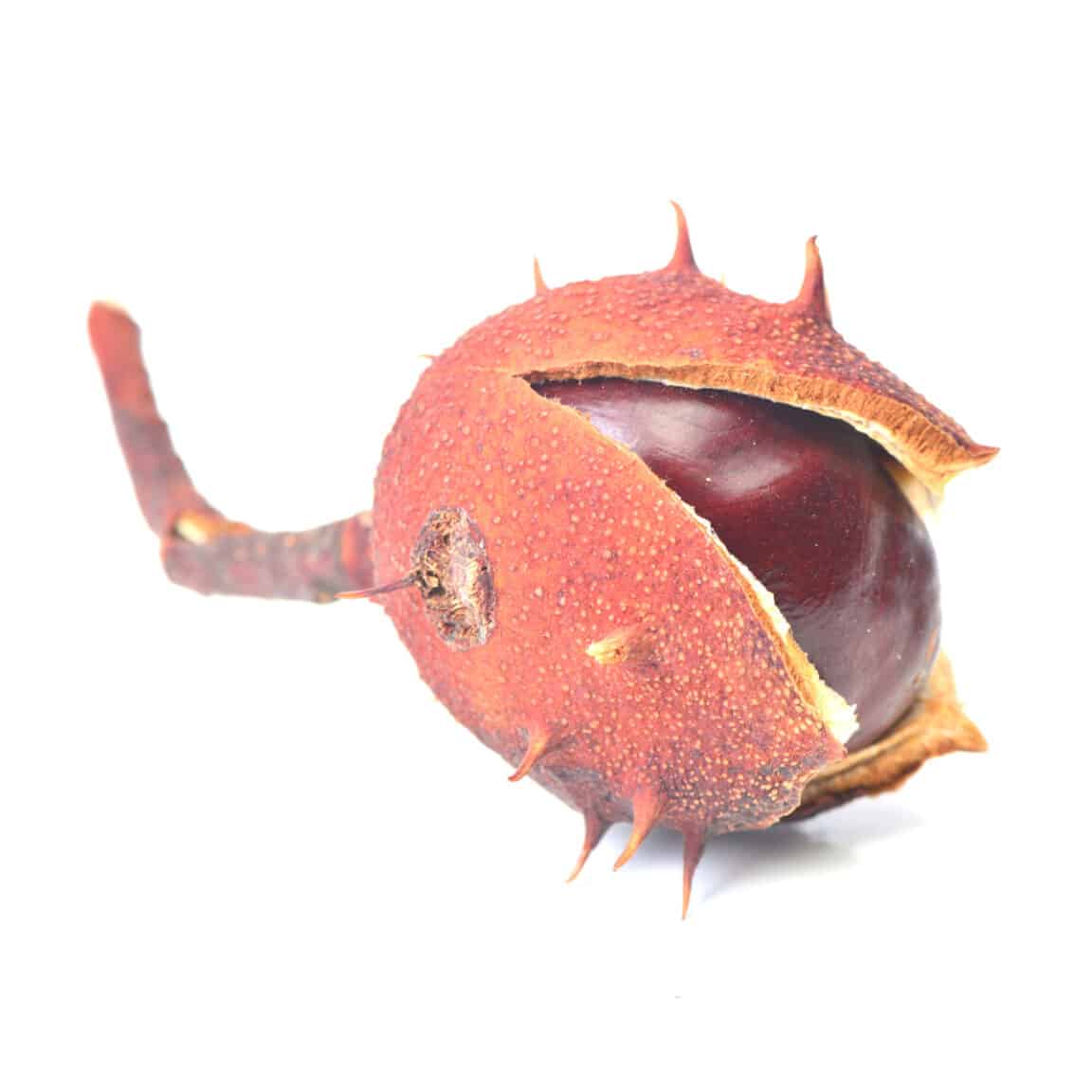
Scientific name: Aesculus hippocastanum
Origin: herbal
Family: Sapindaceae, soap tree family
Category: Tree
The horse chestnut, also known by its scientific name Aesculus hippocastanum, originated in the mountain forests of the Balkans in south-eastern Europe. It was first introduced to Western Europe in the 16th century and has since spread to many parts of Europe and North America.
As a medium to large tree, the horse chestnut usually reaches a height of 20 to 40 metres and forms a broad, spreading crown. It prefers moist, well-drained soils and thrives best in temperate climates.
AESCULUS HIPPOCASTANUM EXTRACT - Extract from plant
AESCULUS HIPPOCASTANUM LEAF EXTRACT - Extract from leaves
AESCULUS HIPPOCASTANUM SEED EXTRACT - Seed extract
The seeds of the horse chestnut contain compounds that can help increase the elasticity and strength of the vein walls. As a result, they can help treat venous conditions such as varicose veins, oedema and swollen legs. Horse chestnut extracts may have anti-inflammatory properties that can help relieve pain and swelling. They also contain antioxidants that can help fight free radicals that can cause damage to cells.
Horse chestnut seeds are used to make medicines to treat vein problems such as varicose veins, haemorrhoids and swollen legs.
Horse chestnut trees are popular ornamental trees because of their showy white or pink flowers and large, glossy leaves. They provide habitat and food for many animal species, including birds, squirrels and insects.
Horse chestnuts are also used as food. They can be roasted and used as a coffee substitute or to make flour.
Overall, Aesculus hippocastanum has a variety of uses and is an important part of the ecological, medicinal and cultural heritage of many regions.

© Blidor AG 2024